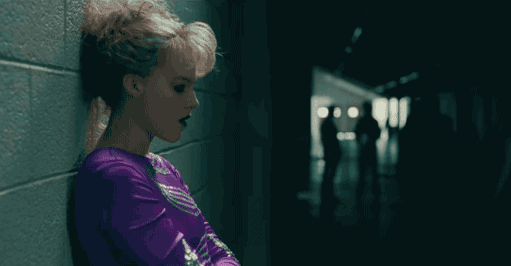
You Can’t Predict Baseball
…the question is which myopic owners will sabotage their franchise by signing Manny Machado and Bryce Harper to long-term contracts. And which teams will give themselves a chance to win by saying no and sticking to the cheap young players that they already have.
-me (August 3, 2018)
A baseball team that signs a superstar to a long-term contract is making a mistake.
Agreeing to pay someone top dollar for their performance in 2030 is foolish. Under the best of circumstances, the aging star will be a step too slow in the field and on the bases and the fan base will be sick of him.
But that’s the very best of circumstances. Sometimes, the superstar you signed will be mediocre from the very first year. In MLB, big names don’t guarantee big stats or more wins. You can’t predict baseball.
Bryce Harper ended up signing a 13-year, $330 million contract with the Philadelphia Phillies.
So far, Mr. Harper is playing like a perfectly average major league outfielder. He’s batting .253. His OPS is .859 (an OPS of .850 is solid; an OPS of .950 is elite). And the Phillies are just where they were last year in the standings – in third place, right around .500, and out of the playoff picture.
Meanwhile, the team that let Harper go is doing just fine. Losing their superstar didn’t mean that they are losing more games. Washington is in second place in the NL East and competing for a Wild Card spot.
I am a big New York sports nerd. Every day last offseason I read the Yankee blogs with dread, fearing that my team was going to mortgage its future by signing Manny Machado or Bryce Harper to a long-term contract. Joyfully, it never happened. Instead, the richest team in the league picked up glove-first third-baseman Gio Urshela and career minor-league outfielder Mike Tauchman.
Who? Exactly, I had never heard of them, either. But I’ll bet you already know how they are doing. Urshela is hitting better than Manny Machado. And Tauchman is hitting better than Bryce Harper.
Gio Urshela has been a revelation. At press time, Mr. Urshela is batting .335 with power (.964 OPS). He has more home runs than Aaron Judge and Giancarlo Stanton combined. Urshela sometimes bats 3rd in the Yankee lineup, the same spot that used to belong to Micky Mantle and Babe Ruth.
And Tauchman has been red hot since the All-Star break. He OPS is up to .944, and he brings first-rate outfield defense and speed on the basepaths.
Neither Urshela nor Tauchman is making close to $1 million.
Am I saying that Tauchman and Urshela will continue to shock the world and play better than Harper and Machado in the years to come? Of course not. You can’t predict baseball.
But if Tauchman comes down to earth and struggles next season, the Yankees can just cut him or send him back to the minor leagues. If Harper continues his downward spiral, the Phillies are still stuck with him in right field until President Ocasio-Cortez’s second term.
There isn’t a single player special enough to trust with a long-term contract. The Red Sox learned that the hard way with Chris Sale.
Mr. Sale is the best lefty in the American League this decade, no question. Nevertheless, that 5-year, $145 million extension was a bad idea. 2019 Chris Sale is just an average pitcher – good one start and lousy the next. And he has dragged the reigning champions down to his level.
I like Gio Urshela and Mike Tauchman more than any Philly fan will ever like Bryce Harper. Surprise heroes are more lovable than overpaid celebrities. Every long-term contract is a recipe for disappointment and mediocrity. Or maybe I’m wrong. You can’t predict baseball.





